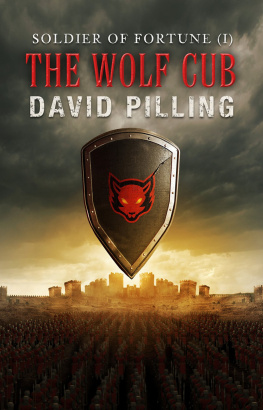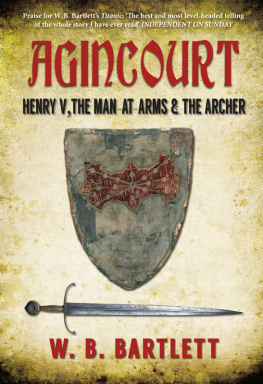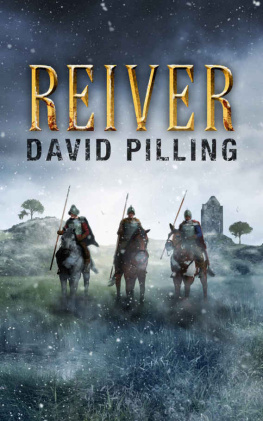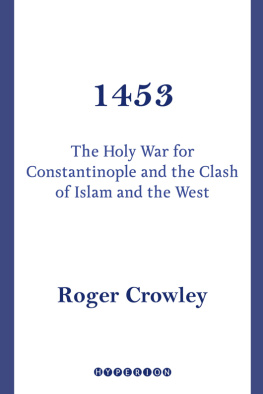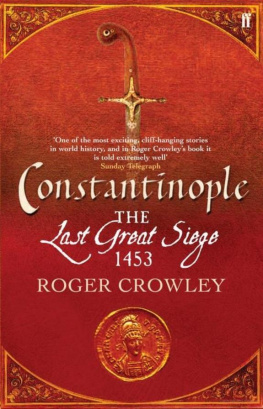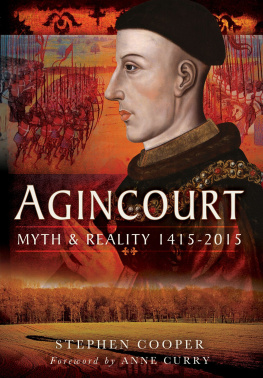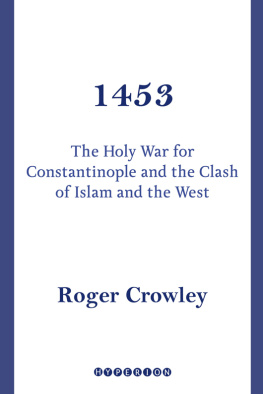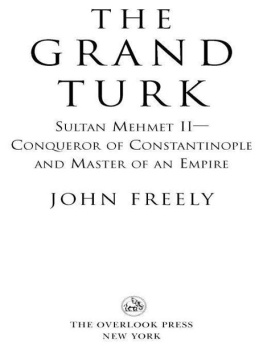SOLDIER OF FORTUNE (I): THE WOLF CUB
By David Pilling
Copyright 2015 David Pilling
More Books
Leader of Battles (I): Ambrosius
Leader of Battles (II): Artorius
Leader of Battles (III): Gwenhwyfar
Kings Knight (I)
The White Hawk (I): Revenge
The White Hawk (II): Loyalty
Folvilles Law (I): Invasion
Caesars Sword (I): The Red Death
Caesars Sword (II): Siege of Rome
Caesars Sword (III): Flame of the West
Robin Hood (I)
Robin Hood (II): The Wrath of God
Robin Hood (III): The Hooded Man
Robin Hood (IV): The Kings Pardon
Nowhere Was There Peace
The Half-Hanged Man
Co-written with Martin Bolton
A World Apparent Tale (I): The Best Weapon
A World Apparent Tale (II): The Path of Sorrow
Follow David at:
www.pillingswritingcorner.blogspot.co.uk
www.davidpillingauthor.com/
Or contact him direct at:
Davidpilling56@hotmail.com
Authors Note:
This tale is an indirect sequel to an earlier novel, The Half-Hanged Man. They can be read together or as stand-alones.
Glossary
Chevauche - An organised system of plundering and devastating enemy territory
Bascinet - type of open-faced military helmet
Destrier - Medieval warhorse, ridden by knights and men-at-arms
Rouncy - a common, all-purpose horse used by poorer soldiers, and as packhorses
Routier - French term for a mercenary soldier
Sipahi - Freeborn Turkish cavalry, split into feudal and household troops
Springald - A device for hurling large bolts, and less often stones and Greek Fire
Tulwar - Type of Turkish sword, usually with a curved blade
Verderer - a forest official, responsible for protecting and administering parks and forests
Constantinople, May 29 th 1453
One cannon-shot decided the fate of the city. The ball tore into the battlements, ripped through the ancient stonework and flung up a cloud of debris.
Part of the debris hit Giovanni Giustiniani, a young Genoese mercenary captain. His finely-wrought armour, already dented and battered by Turkish blades, offered little protection against the hail of shattered stone.
The force of the blast knocked him down. His bloodied sword dropped from his hand, and he fell onto the walkway, half-buried under the rubble.
Two of his soldiers rushed to their captains aid. One knelt beside the body and sought frantically for a pulse.
Giovanni was still conscious. Get me out of this, he murmured feebly, back to our ships.
His voice was almost drowned by the thunder of cannon and the frenzied screams and war-yells of Turkish janissaries. The Sultans elite infantry swarmed about the walls, flung into battle in a titanic effort to overwhelm the stubborn defenders.
Between them the soldiers managed to drag Giovanni clear. More Genoese ran to help. Four of the strongest lifted his body and carried him down into the city.
Too late, they realised their mistake. In the weeks since the siege began, Giovanni had fought like a lion, and become a symbol of resistance to soldiers and citizens alike. So long as he lived, there was hope.
Now a great cry of panic and terror rippled through the streets as news of his fall spread like fire. The few Genoese left in defence of the Gate of San Romano, where Giovanni had made his stand, abandoned their posts and fled for the harbour. There galleys waited to carry them to safety.
San Romano was the weakest part of the city defences. Pounded for days by Turkish cannon, much of the wall was already flattened, the gaps shored up with mattresses, baulks of timber, piles of loose earth and stone - anything the defenders could find.
The Ottoman Sultan, Mehmed the Second, rode close behind his janissaries as they flooded towards the gate. A brave man, he had no fear of the occasional pot-shot aimed at him from the walls. He kept a sharp eye on the Gate of San Romano. Once the courage of the Genoese was broken, Constantinople would be his.
Mehmed saw the gate abandoned, and beckoned to one of his officers, a huge black-bearded jannisary named Hasan.
Hasan, he said, take your company forward and secure the gate. The first man to raise my flag on the battlements shall win his weight in gold.
Hasan and his men greeted the Sultans promise with a cheer, and stormed towards the broken, shell-pocked ruin of the gate. They met no resistance, and swept on into the streets. Hasan himself was the first man onto the battlements. There he cast down the banners of Saint Mark and the Greek Emperor, and raised the Ottoman standard in their stead.
Everywhere the resistance of the defenders collapsed. Final disaster struck when the Turks overran a small sally-port, the Kerkoporta, and set up their flags on the tower. Seeing this, the last defenders scattered. The Greek soldiers ran to their homes in a vain effort to save their families, while the Genoese and Venetian mercenaries made for their ships in the harbour of the Golden Horn.
The hapless citizens fled like sheep before the onslaught of the Turks. Bells and tocsins rang through the city, heralding the death of Constantinople. A few wretched souls preferred to jump from the walls rather than die on Turkish swords, and so committed suicide.
One man did not run. Constantine the Eleventh, last of the Emperors who had ruled the city for over a thousand years, reached the Gate of San Romano in time to see it overrun by the enemy.
A gaunt, sad-eyed figure, stooped under the weight of history, Constantine knew his time had come. The city has fallen, he murmured, but I am still alive.
He unclasped the brooch at his shoulder and let his purple cloak fall to the ground. Then he removed the imperial diadem from his head, let that fall too, and all the other jewelled ornaments on his person. Now he looked like a common soldier, and would die like one.
Constantine drew his sword and charged at the mob of janissaries clustered about the gate. His escort, all that remained of the famed Varangian Guard, followed. Big men in thick steel plate, armed with double-handed axes, they would fight to the last beside their master.
Is there no Christian here? Constantine shouted as he laid about him, no Christian to take my head?
His sword drank deep of Turkish blood, while behind him the Varangians wielded their axes with lethal skill and savagery. The janissaries reeled under the furious assault, and then closed in again, eager to stamp out this last ember of Greek resistance.
One by one, Constantines guards were slain, until a mere handful of survivors fought around the sacred person of the Emperor. The last of the Varangians chanted prayers even as the halberds and sabres flashed down to make an end of them.
At last Constantine was alone among his enemies. His sword lodged in the guts of a janissary and twisted out of his hand. Sharp steel bit into his flesh. Clubs, tulwars and halberd-butts rained down on his head.
The Emperor fell, and the tide washed over him.
Constantinople was given over to the horrors of the sack. Mehmed wisely allowed his troops to spoil and plunder for the traditional period of three days, knowing that to prevent them was impossible.
I have come to conquer, not destroy, he told his generals, send an advance guard of janissaries to protect the Hagia Sophia and the Church of the Holy Apostles. I wish to preserve them for our use.
It was done, and companies of his soldier-fanatics sent into the heart of the city to defend these buildings from harm. Mehmed planned to convert the Hagia Sophia, the enormous Orthodox church that dominated the skyline of the city with its great dome and four tapering spires, into a grand mosque. The Church of the Holy Apostles, meanwhile, would provide a seat for the tame patriarch he appointed to control his Christian subjects.
Next page
